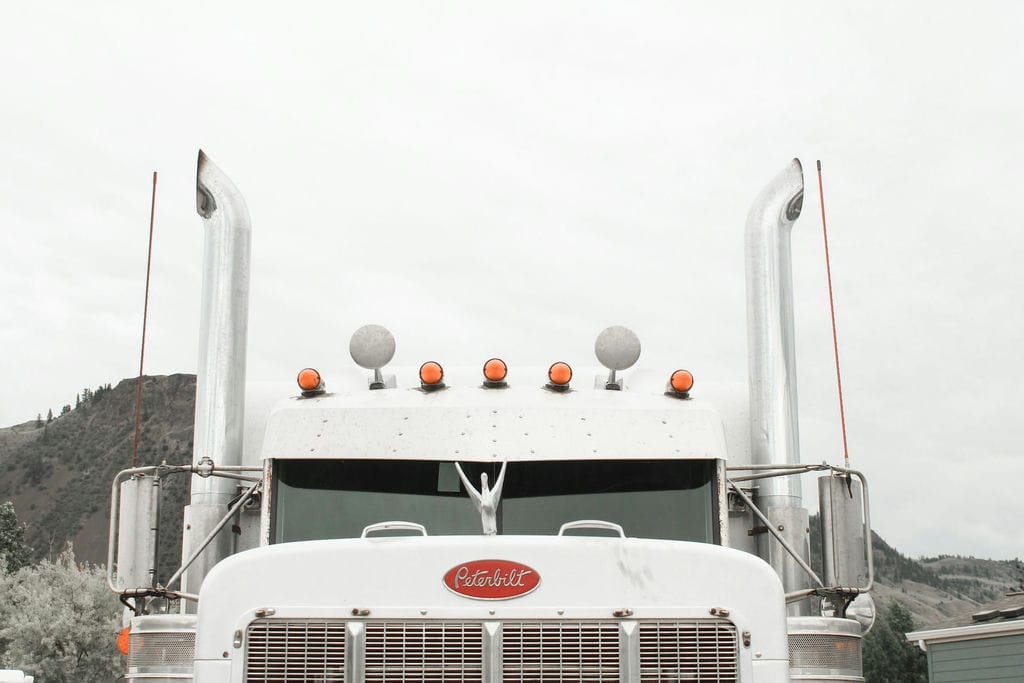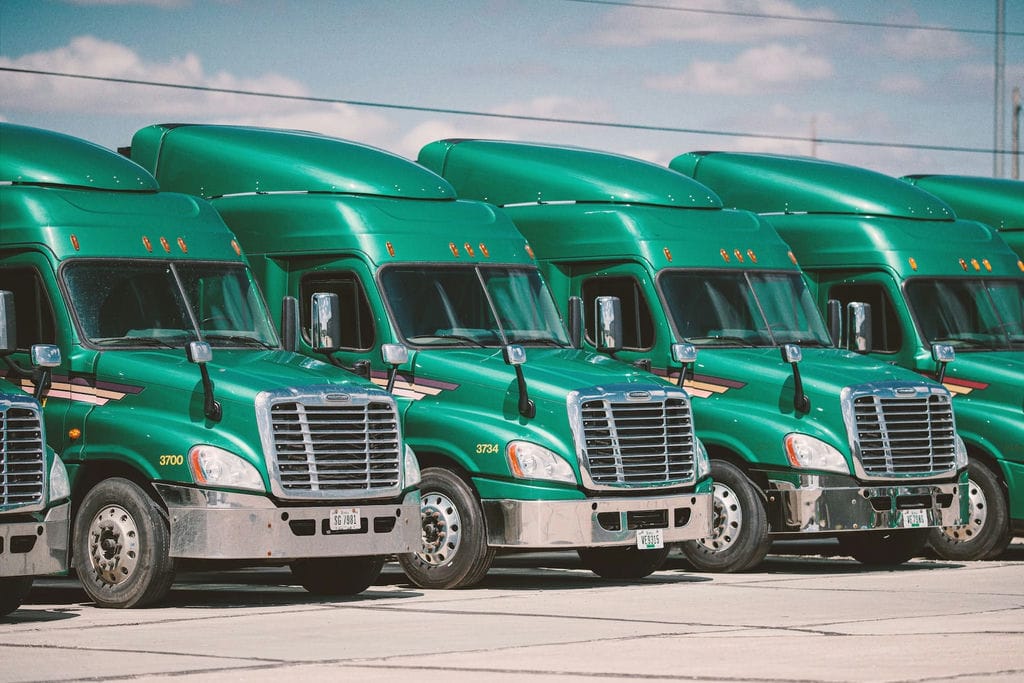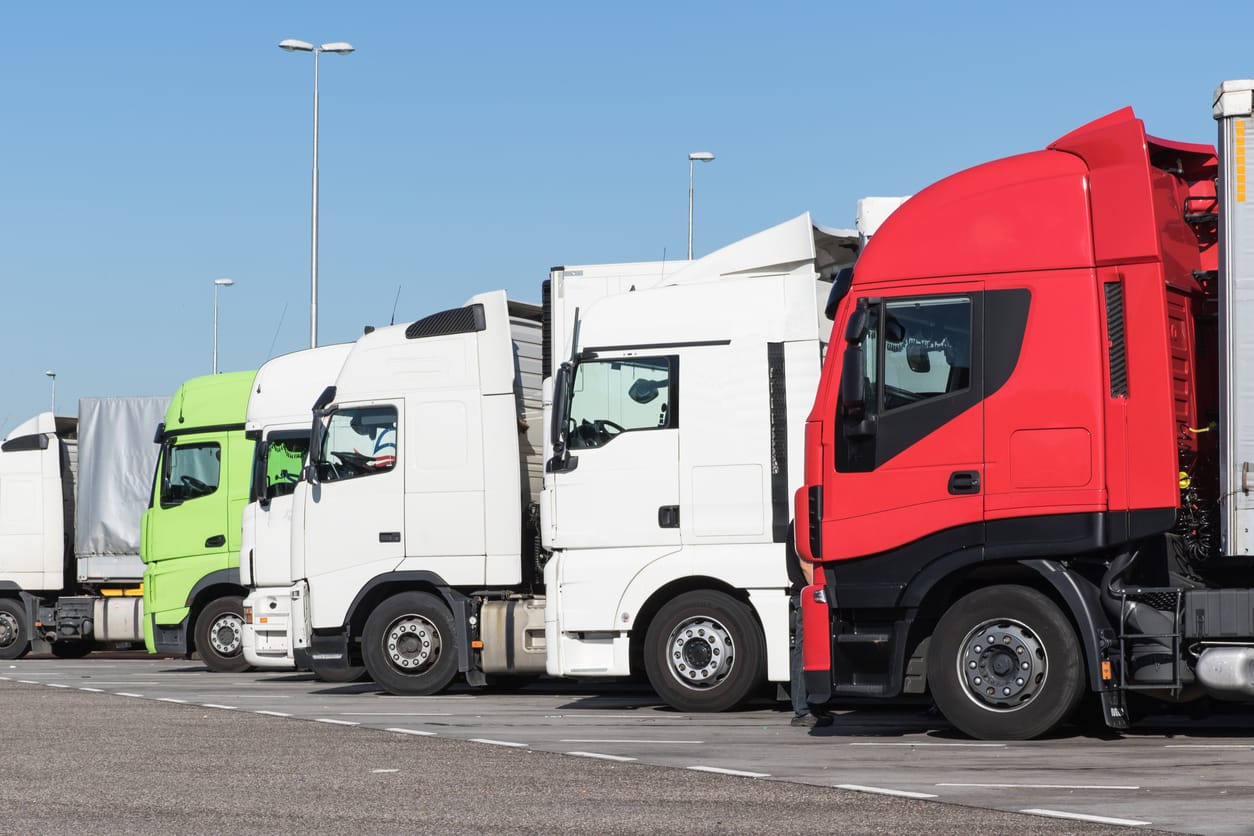Given the issues the environment faces all throughout the world, many different tactics are being used in order to reduce emissions produced by vehicles. The trucking industry is one of the world’s biggest culprits for releasing toxic emissions into the atmosphere, because of this, new technology is being developed in order to reduce the amount of emissions that are emitted from a truck. The new technology is produced by Jacobs Vehicle systems, which has recently demonstrated in their North American Technology Tour how they will help meet federal 2027 emissions targets. The new technologies are valvetrain technologies, a cylinder deactivation (CDA) and an active decompression technology (ADT). This new technology is implemented into the Jake Brake, the third and newest demonstration truck that is a part of the 2022-2023 North American Technology Tour.

The newest demo truck is an International LT625 tractor, equipped with an A26 Diesel engine. This truck has of course undergone a multitude of tests that include real-world driving situations, all aiming to test the fuel saving, emission-reducing, braking performance, and drivability of the CDA and ADT. In order to reduce emissions, the truck has an exhaust thermal management that uses selective catalytic reduction (SCR) aftertreatment.
The new regulations are attempting to target low-load operations and idle conditions, which unfortunately procured more emissions as the aftertreatment systems get cold. In order to combat this, the CDA was created to lower the emissions produced. Furthermore, the ADT also helps reduce emissions as it helps the start-stop of the vehicle and will promote anti-idling.
Unfortunately, this new technology is unavailable for market production just yet, it is simply being demonstrated in the Jake Brake. The company is still working with OEMs and suppliers since the trucking industry is still waiting to have the 2027 engine emissions regulations finalized. Among these emission challenges are the Euro 7 tailpipe pollution regulations. A majority of the new regulations will be aiming to push the emissions down even further than they are today.

The CDA is a modular valve actuation technology that was produced to improve the fuel economy by transforming a six-cylinder engine into four or even less. This will potentially improve the fuel economy by up to 25%, which was shown in the lab dyno testing. Furthermore, the CDA will reduce the NOx emissions and lower fuel consumption in warm-up and low engine load. This was displayed when a Class 8 truck was equipped with the CDA and an SCR system had experienced a 77% reduced NOx emissions and a 12% reduction in CO2. It can be deduced that the Jacob’s CDA will reduce emissions by achieving higher aftertreatment temperatures in the exhaust, which will maintain the efficiency of the SCR system. Furthermore, the CDA also has a faster warm-up after engine start-up of the aftertreatment system, and minimizes the cooling of the aftertreatment during coasting.

Funnily enough, the ADT technology had started as a customer request to help reduce engine shake at start-up and shutdown. The ADT technology eliminates the negative impacts of both startup and shutdown, while also helping reduce energy consumption. These negative impacts include excessive cab vibration and start wear out. In recent tests, the ADT eliminates an estimated 90% of engine shake, and could even lower cranking torque by about 40%. This also has the added benefit of minimizing disturbance for drivers sleeping in their cabs overnight.
Further benefits of the ADT software include the improvement of cold engine starts, reduce loading and wear on engine components during said start up, and even improves the start up time. When incorporated onto a hybrid vehicle, the ADT provides a faster transition from electric motor to the internal combustion engine. This technology does have the ability to be integrated into multiple engine platforms, but the creator wants to have more demand for it from fleet operators.

After looking at the many positives of both the ADT and CDA, it is clear that the trucking industry is looking to do their part in lowering their emission levels. Of course this is mostly to meet federal regulations established by the government, but it is great to see companies are getting ahead of schedule by producing impressive technology. Both the ADT and CDA will be vital within the coming years in order to reduce emissions within the trucking industry, and it could be argued that the technology will be helpful with hybrid vehicles as well.




